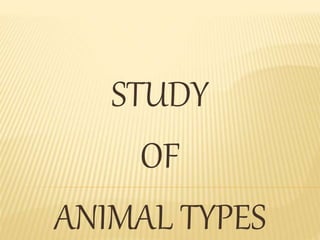The document describes the external features, digestive system, and circulatory system of the earthworm Pheretima and the cockroach Periplaneta americana. Key details include:
- Pheretima is segmented with clitellar, pre-clitellar, and post-clitellar regions. It has setae, pores, and aphidures.
- The cockroach has a segmented body with head, thorax, and abdomen. It has compound eyes, antennae, wings, and three pairs of legs.
- Both have a digestive system including a mouth, alimentary canal, and anus. Pheretima's intestine has typhlosole















![EXTERNAL FEATURES
Elongated, dorso-ventrally flattened.
3-5 cm in length, 1.5-2 cm in breadth.
Reddish brown, bilaterally
symmetrical, triploblastic, &
coelomates .
[Body cavity is called HAEMOCOEL (haemolymph)].
Exoskeleton is hard, waxy, waterproof
made up of chitin (polysaccharide)
Provides surface area for attachment
of muscles apart from protection.
Made up of Tergum (dorsal), Sternum
(ventral), 2 - Pleurons (lateral).](https://image.slidesharecdn.com/9swiisbrs6xexqlq7wfd-chapter-11-study-of-animal-type-cockroach-231123094934-5784607d/85/Chapter_11_Study_of_Animal_Type_Cockroach-pptx-16-320.jpg)































